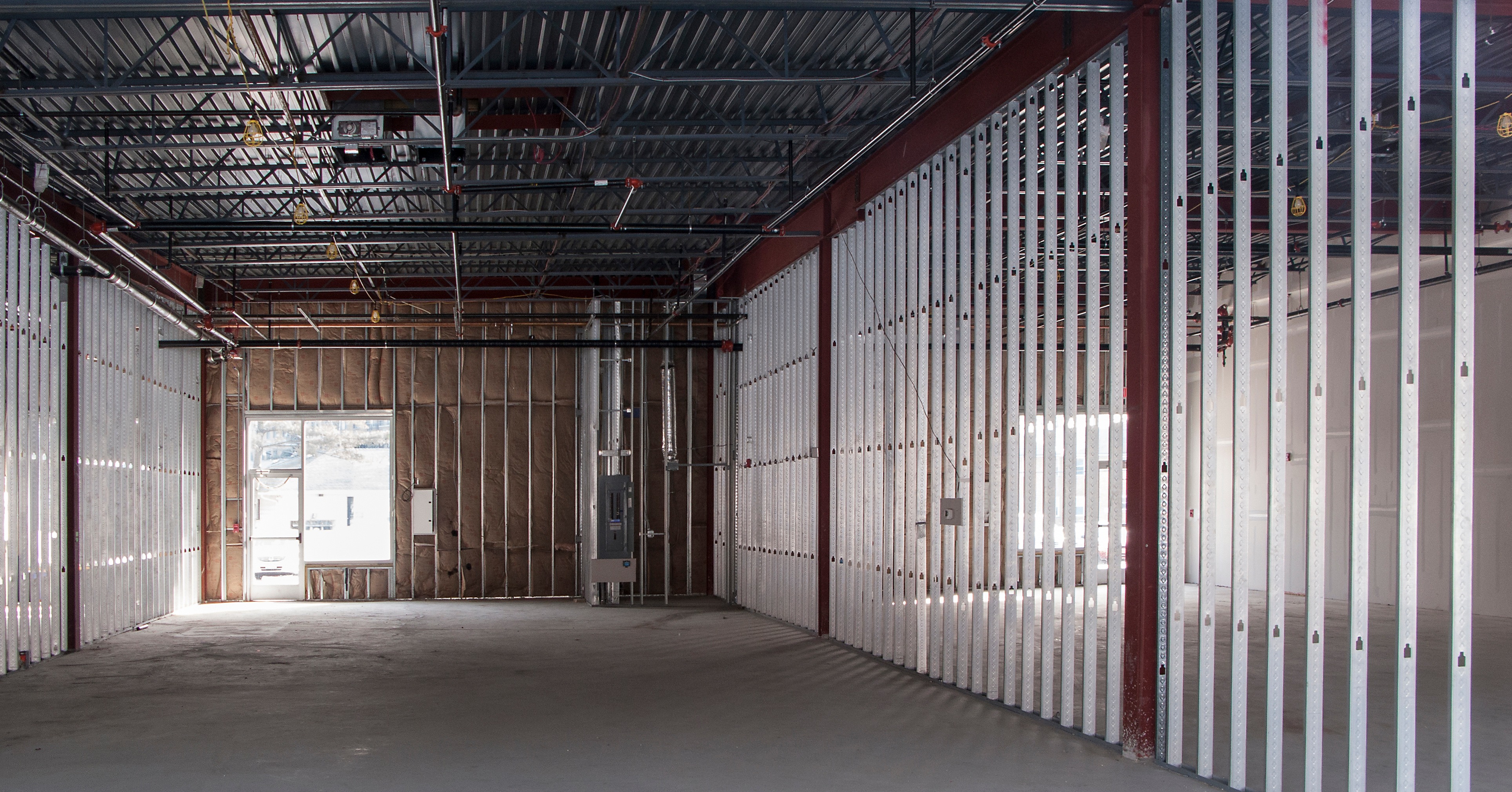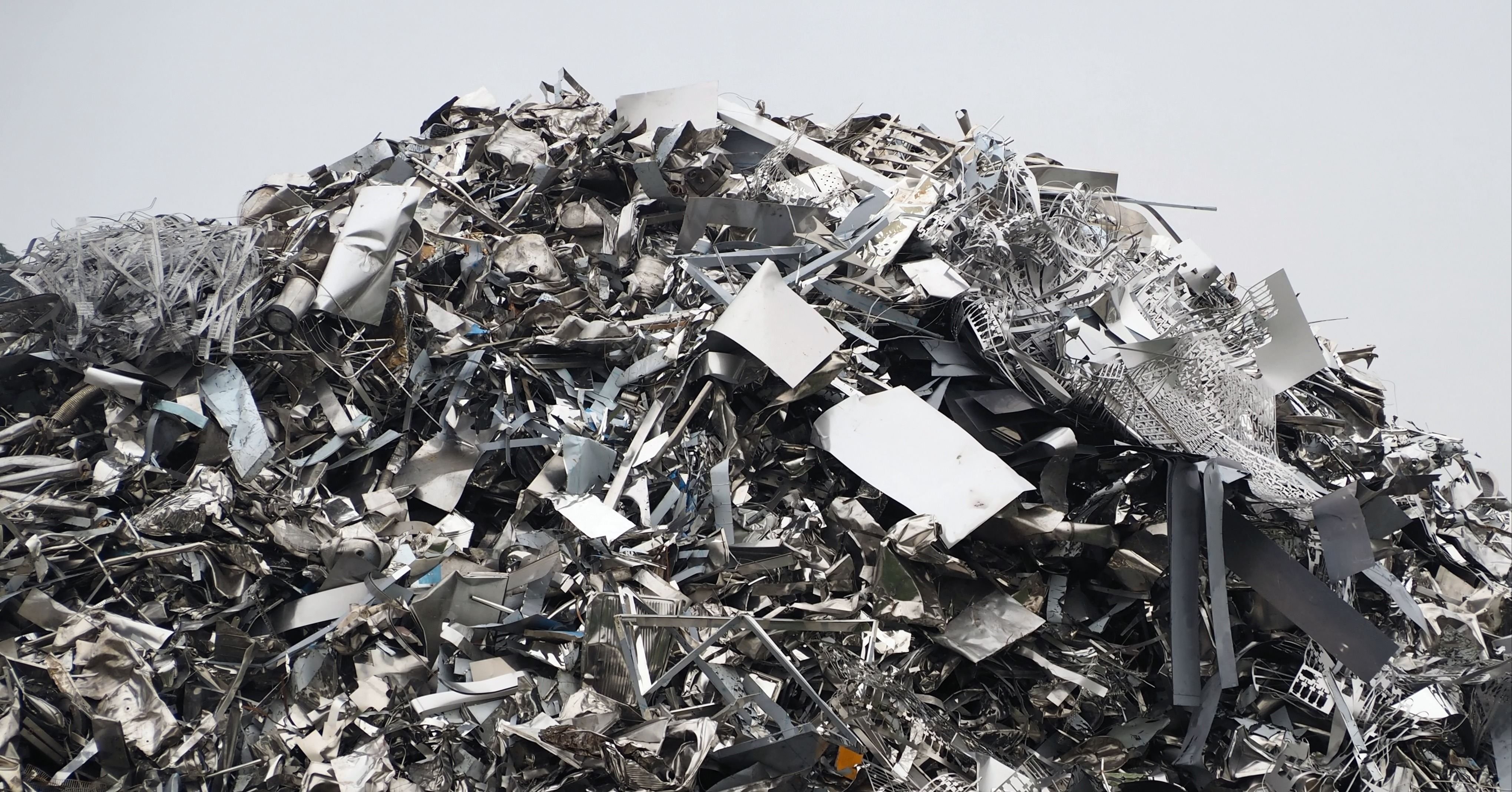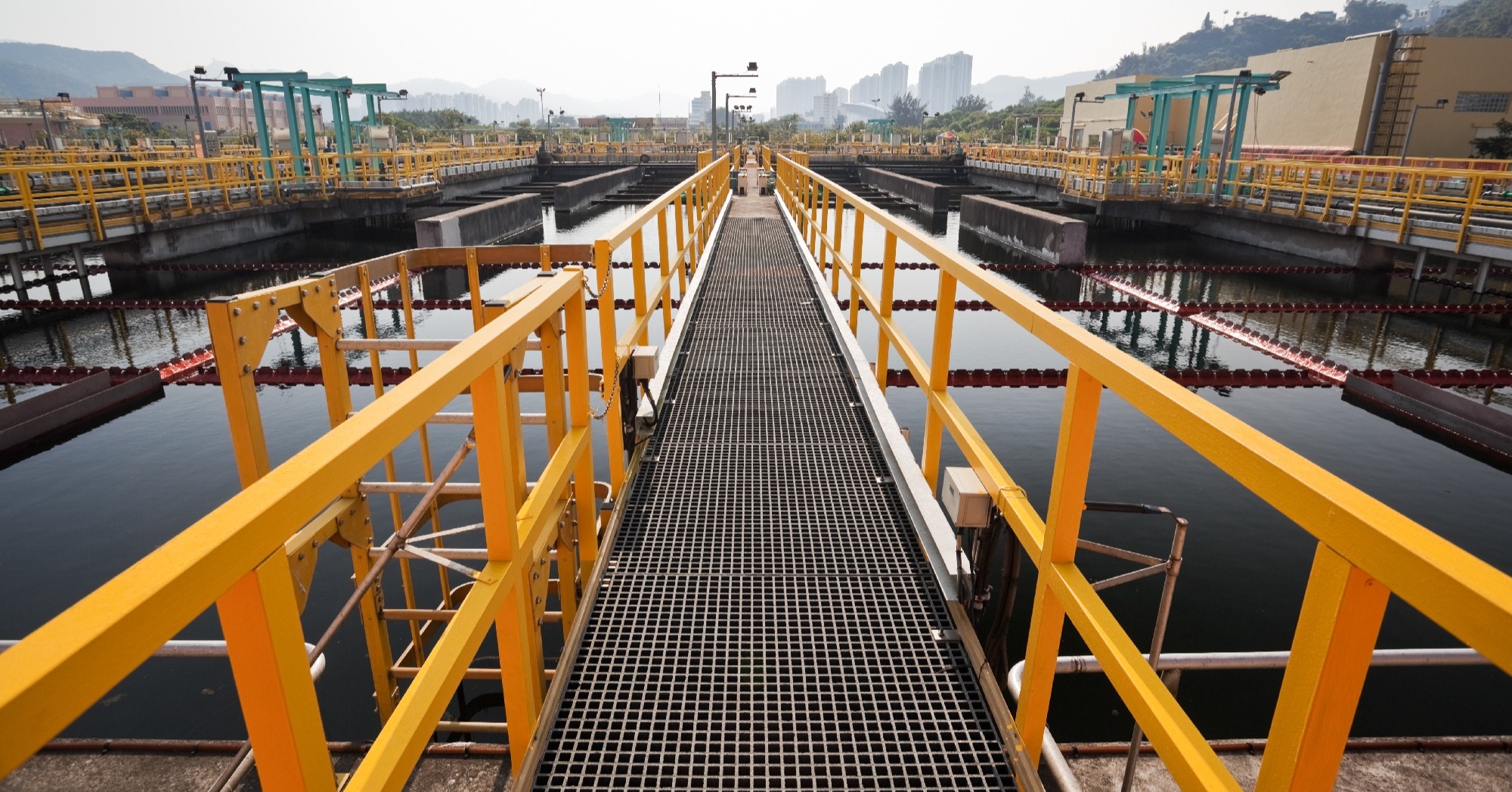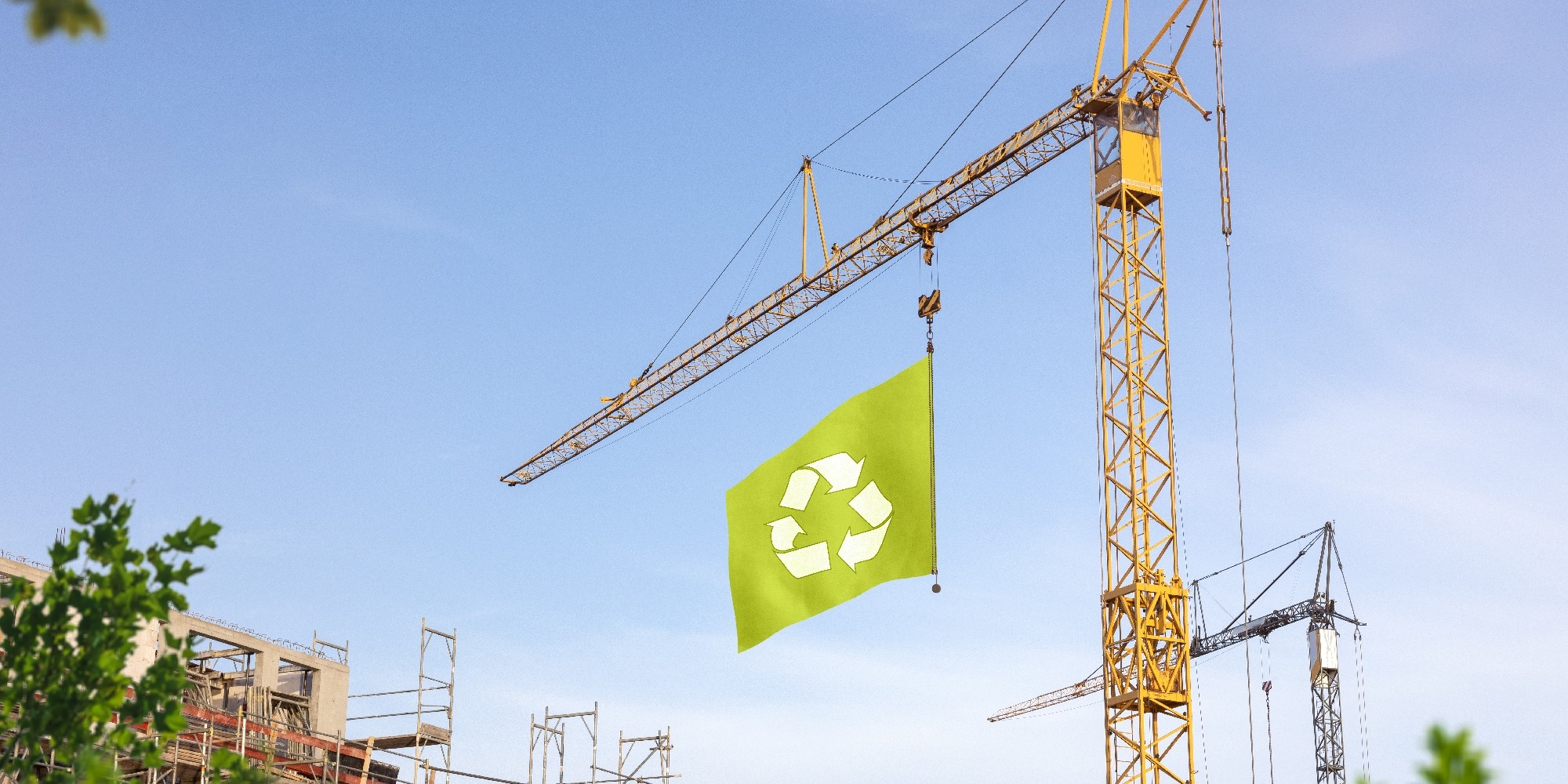Sustainable construction represents a transformative approach to the built environment, emphasizing the need to minimize our ecological footprint through smarter resource use, energy efficiency, and waste reduction.

It's a philosophy that integrates eco-friendly materials and innovative techniques to create buildings and infrastructure that not only serve their intended purpose but also contribute to the health of our planet. This movement towards sustainability is driven by the urgent need to address climate change, conserve natural resources, and ensure a livable environment for future generations. By prioritizing materials like aluminum, which is renowned for its recyclability and low environmental impact, sustainable construction projects can significantly reduce greenhouse gas emissions and energy consumption. This foundational shift in how we build highlights a collective commitment to environmental stewardship, economic viability, and social responsibility, marking a new era in construction that values durability, efficiency, and ecological harmony.
Table of Contents
- The Advantages of Aluminum in Construction
- The Environmental Benefits of Using Aluminum
- Aluminum's Role in Water and Wastewater Treatment Plants
- Making the Right Choice for Sustainable Construction
- Conclusion
- Helpful Resources
The Advantages of Aluminum in Construction

Aluminum stands out in the construction industry for its unique combination of properties that align with the goals of sustainable construction. Firstly, its lightweight nature significantly reduces the overall weight of structures, leading to lower transportation and construction costs, and less stress on foundations. This aspect is particularly beneficial in areas with challenging terrain or where material transport costs are high. Secondly, aluminum's strength-to-weight ratio is exceptional, providing durability and resilience in structures, from high-rise buildings to intricate architectural designs.
Another key advantage is its corrosion resistance, which ensures a longer lifespan for buildings and reduces the need for replacements or intensive maintenance. This feature is especially important in harsh environmental conditions, including coastal areas where corrosion is prevalent due to saltwater and salt content of the air. Moreover, aluminum's flexibility and malleability allow for innovative architectural designs, offering architects and engineers the freedom to explore creative and functional forms that are both aesthetically pleasing and environmentally friendly.
Aluminum's recyclability is perhaps the most significant benefit for sustainable construction. It can be recycled indefinitely without losing its properties, contributing to a circular economy by reducing the need for virgin materials and decreasing waste. This recycling process uses only a fraction of the energy required to produce primary aluminum, leading to substantial reductions in carbon emissions.
Incorporating aluminum into construction projects not only enhances their sustainability profile but also provides a future-proof solution against increasingly stringent environmental regulations and the growing demand for green buildings. Its adaptability, combined with environmental benefits, positions aluminum as a material of choice for forward-thinking construction that prioritizes the planet, people, and prosperity.
The Environmental Benefits of Using Aluminum

The environmental advantages of utilizing aluminum in construction are profound and multifaceted. Firstly, aluminum's recyclability stands at the forefront of its eco-friendly attributes. It can be recycled repeatedly without loss of quality, significantly reducing the carbon footprint associated with production. This process consumes merely 5% of the energy required to produce primary aluminum, leading to considerable energy savings and a reduction in greenhouse gas emissions.
Additionally, aluminum's natural corrosion resistance contributes to the longevity and durability of structures. This durability translates to reduced maintenance and replacement needs, further diminishing the environmental impact over a building's lifecycle. Aluminum also reflects heat and light, contributing to energy efficiency in buildings by reducing the need for artificial cooling and lighting. This energy efficiency is a critical factor in reducing the overall energy consumption of buildings, making aluminum an essential material in the pursuit of sustainable construction practices.
By incorporating aluminum into construction projects, the industry can significantly lower its environmental impact, contributing to the global efforts to combat climate change and promote sustainable development.
Aluminum's Role in Water and Wastewater Treatment Plants

In the context of water and wastewater treatment plants, aluminum plays a crucial role due to its durability, corrosion resistance, and sustainability. For example, a treatment plant might use aluminum grating for walkways and aluminum ladders for access to various treatment areas. These aluminum components are not only lighter and easier to install than traditional materials but also withstand harsh chemical environments typical in treatment facilities, reducing maintenance needs and ensuring long-term reliability. This example underscores aluminum's contribution to operational efficiency and environmental sustainability in critical infrastructure.
Making the Right Choice for Sustainable Construction

Choosing the right materials is pivotal in sustainable construction, with aluminum emerging as a top contender due to its environmental credentials. When selecting aluminum for construction projects, consider the material's lifecycle, from sourcing to recycling, to ensure it aligns with sustainability goals. Opt for suppliers who prioritize eco-friendly practices, such as using recycled content and employing energy-efficient production methods. Additionally, assess the material's performance in terms of durability, maintenance needs, and energy efficiency to ensure it meets the project's sustainability and functional requirements. By making informed choices, constructors can significantly reduce the environmental footprint of their projects, contributing to a more sustainable and resilient built environment.
Conclusion

Thompson Fabricating plays a significant role in promoting sustainable construction through our specialized aluminum products. Our commitment to engineering high-quality, durable, and environmentally friendly solutions aligns with the principles of sustainable construction. By focusing on innovative designs and leveraging the intrinsic benefits of aluminum, we help reduce the environmental impact of construction projects, ensuring that they meet current and future sustainability standards. Our dedication to excellence and sustainability makes us a valuable partner in implementing greener construction practices.
Helpful Resources